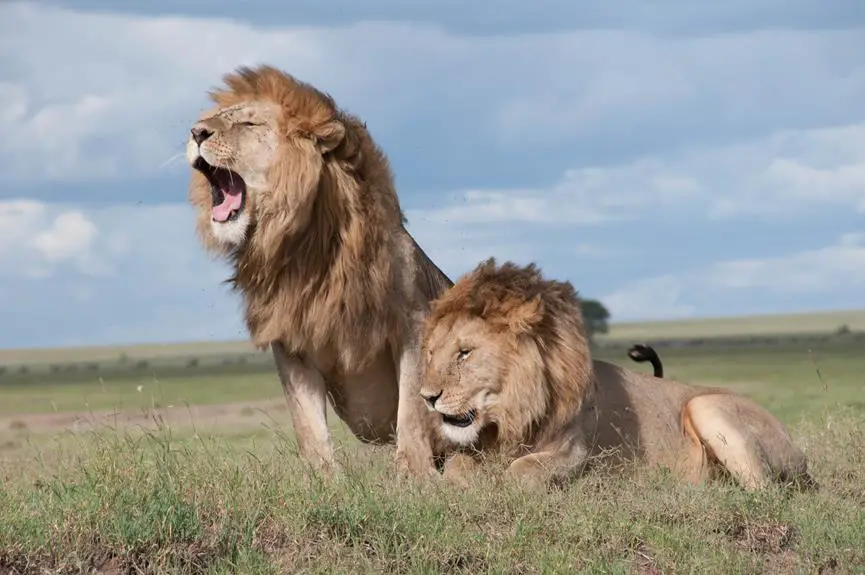You’ve watched the Lion King movie and fell in love with its captivating characters. But did you know that some of these animals exist in real life?
In this article, we’ll introduce you to the majestic lions, the small and resourceful meerkats, the unexpected heroes known as warthogs, the misunderstood scavengers called hyenas, and the colorful and wise baboon kings known as mandrills.
Get ready to discover the real-life counterparts of your favorite Lion King characters!
Lions: The Majestic Kings of the Savanna
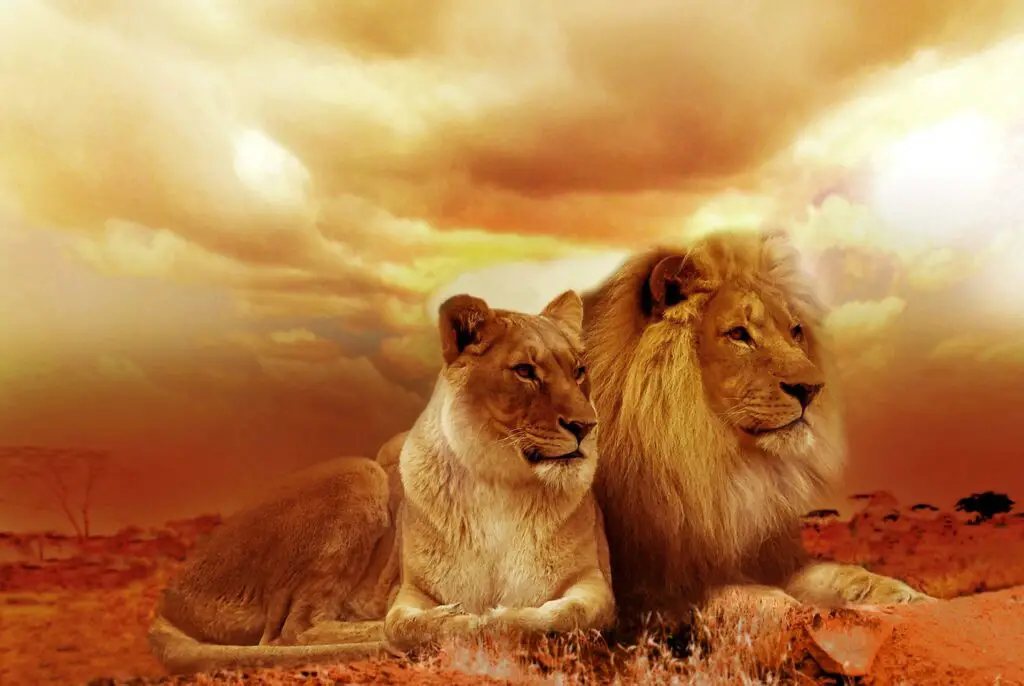
If you want to learn about the majestic kings of the savanna, you should know that lions are the main focus of the Lion King movie. Lions hold a special place in both the natural world and human culture.
First, let’s talk about lion conservation efforts. These efforts are crucial in protecting the majestic kings of the savanna. Lions face various threats, such as habitat loss, poaching, and conflict with humans. Organizations and governments are working tirelessly to safeguard their populations and preserve their habitats.
Moving on to the cultural significance of lions, they’ve been revered and admired throughout history. Lions are often portrayed as symbols of strength, power, and bravery in folklore and mythology. In many African cultures, the lion is considered a sacred animal and is associated with royalty and leadership. It isn’t surprising to see lion imagery in traditional costumes, masks, and artwork.
By understanding the importance of lion conservation efforts and the cultural significance of lions, we can appreciate and protect these magnificent creatures.
Let’s continue our exploration of the animals in the Lion King movie by delving into the next subtopic.
Meerkats: The Small and Resourceful Sentrys
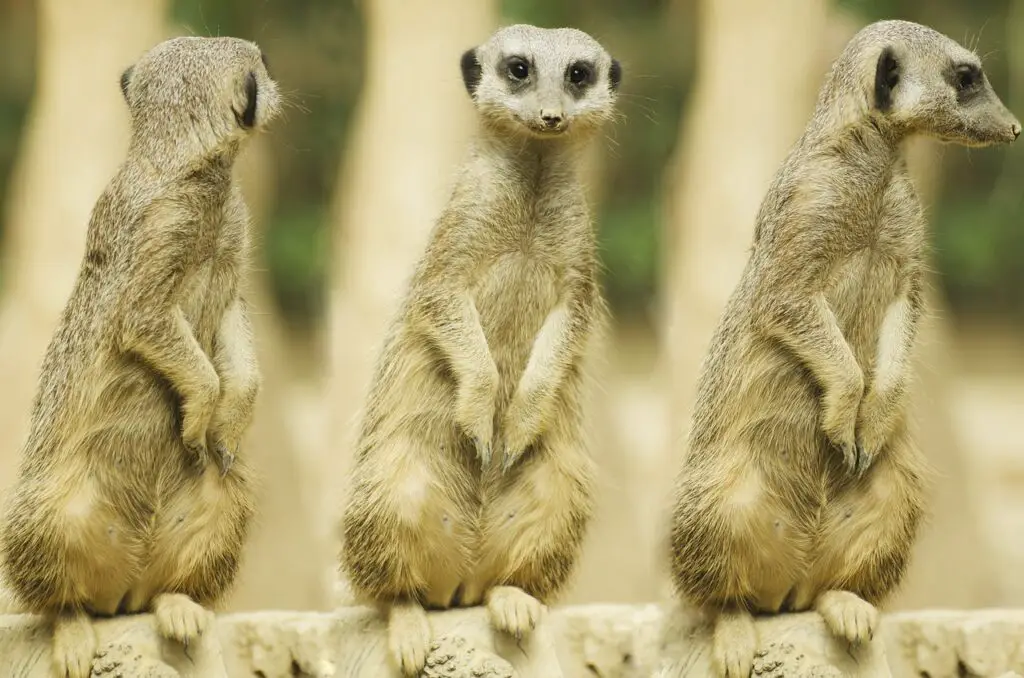
To understand the small and resourceful sentries in the Lion King movie, you should become familiar with meerkats. Meerkats are small mammals that belong to the mongoose family. They’re native to the deserts and grasslands of southern Africa. Meerkats are known for their social behavior and cooperative hunting strategies.
Meerkats live in groups called mobs, which can consist of up to 40 individuals. Within the mob, there’s a hierarchical structure, with an alpha pair leading the group. Other members of the mob take on various roles, including sentries, babysitters, and foragers. It’s the sentries that play a vital role in protecting the mob from predators.
Meerkats have several adaptations that make them excellent sentries. They’ve keen eyesight and can spot predators from a great distance. Their slender bodies and long tails allow them to stand upright and scan the surroundings for any signs of danger. Meerkats also have a sophisticated vocal communication system, allowing them to alert the mob of potential threats.
Warthogs: The Unexpected Heroes of the Pridelands
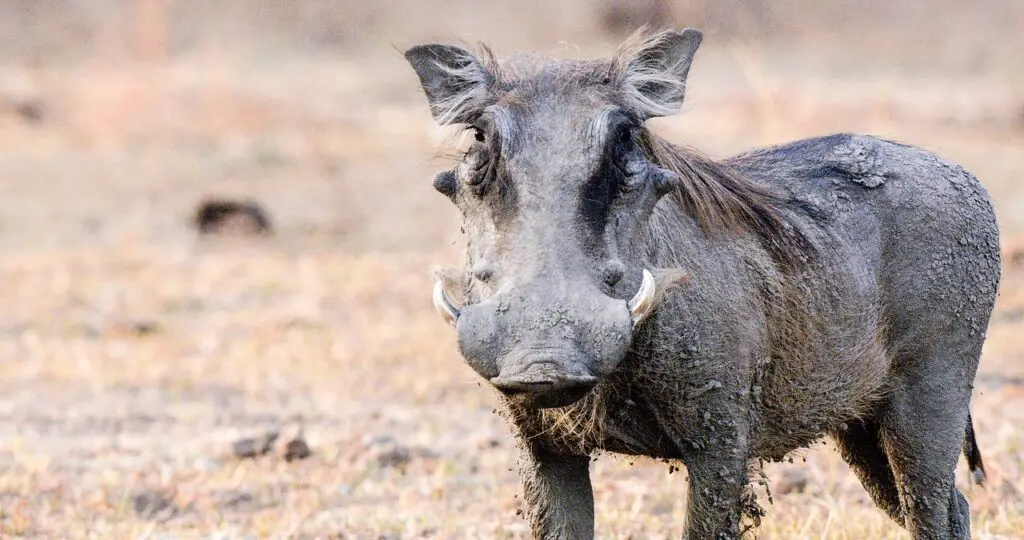
Now let’s delve into the surprising role played by warthogs in the Pridelands, as they frequently demonstrate their unexpected heroism. Warthogs are an integral part of the ecosystem, playing a crucial role in maintaining the balance of the African savannah. While they may be seen as prey animals for predators like lions and hyenas, warthogs possess unique characteristics that allow them to survive and even thrive in the harsh and unforgiving landscape.
One of the most remarkable qualities of warthogs is their ability to dig burrows. These burrows not only serve as shelter for the warthogs themselves but also for other animals in need of protection. During times of danger, such as when predators are on the prowl, warthogs will often allow other species to seek refuge in their burrows, showing a remarkable act of selflessness.
Additionally, warthogs are known for their exceptional hearing and sharp tusks, which they use both for defense and offense. Their keen sense of hearing allows them to detect the approach of predators from a distance, giving them an advantage in escaping potential threats. Their sharp tusks can also be used as a formidable weapon when faced with an attack.
Hyenas: The Misunderstood Scavengers
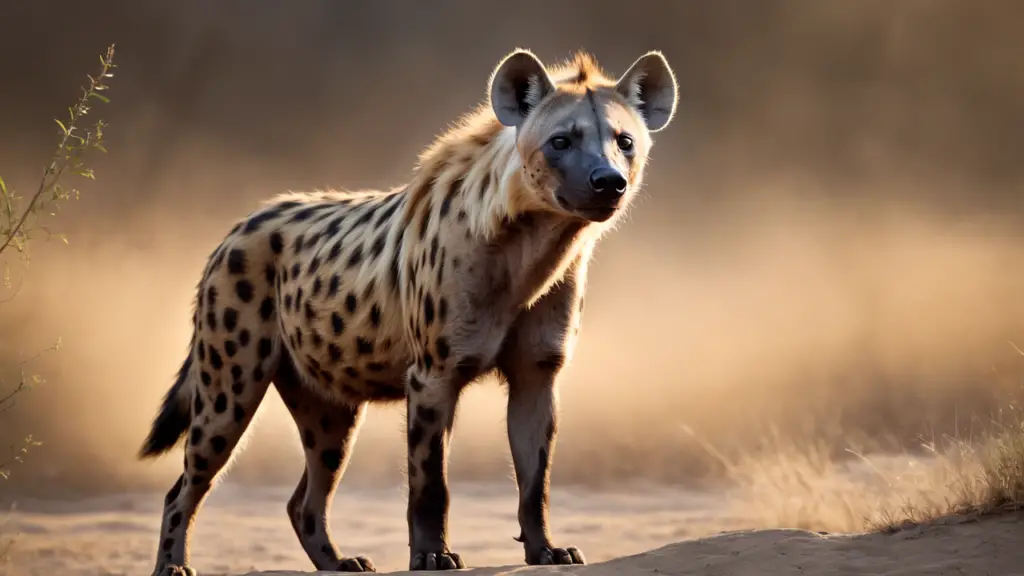
Hyenas, often misunderstood scavengers, play a vital role in the Lion King movie and in real life ecosystems. Despite their negative portrayal in popular culture, hyenas are important members of the ecosystem. They’re skilled scavengers, consuming carrion and cleaning up the environment. In fact, hyenas are often the first to locate a fresh carcass, preventing the spread of disease and maintaining the balance of the ecosystem.
Hyenas live in complex social structures known as clans. These clans are matriarchal, with the highest-ranking female leading the group. The females are larger and more dominant than the males, and they make all the decisions for the clan. They’re also the primary hunters, while the males usually take a backseat role. This unique social structure allows for efficient cooperation and successful hunting strategies.
Within the clan, hyenas communicate through a variety of vocalizations, including cackles, whoops, and growls. These vocalizations help them to coordinate their movements, establish dominance, and defend their territory. Additionally, hyenas have a strong sense of smell, which enables them to detect scents from miles away, helping them locate food and detect potential threats.
Mandrills: The Colorful and Wise Baboon Kings
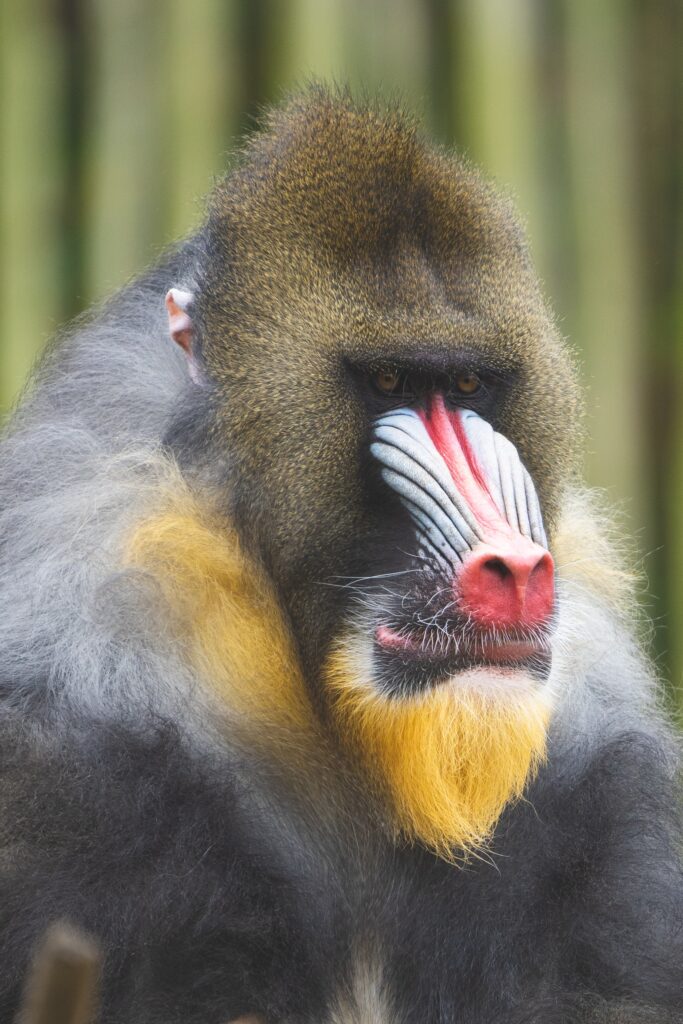
Meet the mandrills, the colorful and wise baboon kings of the Lion King movie! These fascinating creatures are known for their vibrant appearance and intriguing behaviors. Mandrills are the largest species of monkey and are found in the rainforests of Central Africa.
Baboon behaviors and social hierarchy play a crucial role in the lives of mandrills. They live in large groups called troops, which consist of both males and females. The social hierarchy is determined by dominance, with the alpha male being the leader of the troop. Males exhibit dominance through displays of aggression and physical strength, while females maintain their status through alliances and grooming.
Despite their majestic presence in the animal kingdom, mandrills face numerous conservation challenges. Habitat loss due to deforestation is a significant threat to their survival. The destruction of their natural habitat disrupts their social structure and diminishes their food sources. Additionally, mandrills are hunted for their meat and body parts, further contributing to their decline.
Conservation efforts are being made to protect the mandrills and their habitats. Organizations are working towards creating protected areas and promoting sustainable forestry practices. Public awareness campaigns highlight the importance of preserving these magnificent creatures and their unique behaviors.
Conclusion
So, now you know the animals in the Lion King movie that you should know in real life. Lions, meerkats, warthogs, hyenas, and mandrills all play important roles in the savanna and have their own unique characteristics.
From the majestic kings of the savanna to the colorful and wise baboon kings, these animals bring the story to life.
Next time you watch the Lion King, you’ll have a deeper appreciation for these amazing creatures.

Erzsebet Frey (Eli Frey) is an ecologist and online entrepreneur with a Master of Science in Ecology from the University of Belgrade. Originally from Serbia, she has lived in Sri Lanka since 2017. Eli has worked internationally in countries like Oman, Brazil, Germany, and Sri Lanka. In 2018, she expanded into SEO and blogging, completing courses from UC Davis and Edinburgh. Eli has founded multiple websites focused on biology, ecology, environmental science, sustainable and simple living, and outdoor activities. She enjoys creating nature and simple living videos on YouTube and participates in speleology, diving, and hiking.
🌿 Explore the Wild Side!
Discover eBooks, guides, templates and stylish wildlife-themed T-shirts, notebooks, scrunchies, bandanas, and tote bags. Perfect for nature lovers and wildlife enthusiasts!
Visit My Shop →
